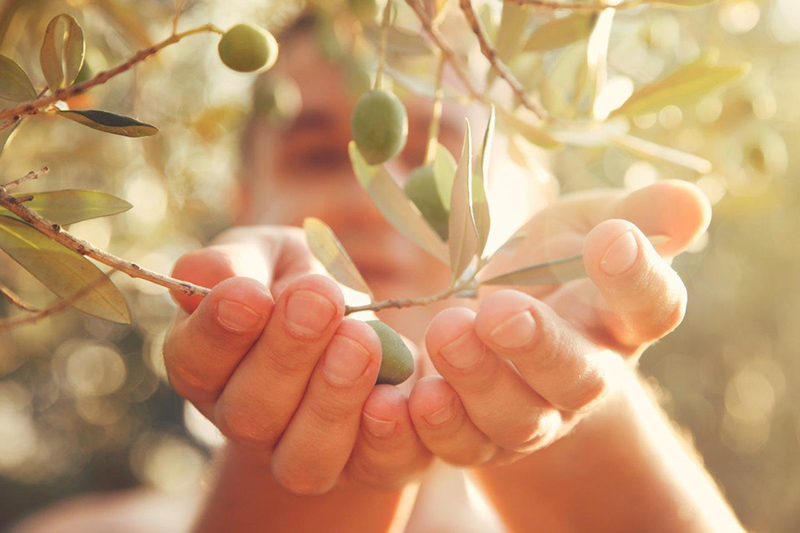
Welcome to the Olive Oil Commission of California!
As the Olive Oil Commission of California moves into its second harvest and milling season since its establishment in March 2014, the organization continues to evaluate grade and labeling standards for California olive oil with some changes going into effect for the new season. Most notably, the Olive Oil Commission of California (OOCC) has cleared up a loophole that existed in its initial standards with respect to Harvest Dates that may be printed on bottles of California olive oil.
New Harvest Date Standard
According to the revised standards, if bottles include a reference to a harvest date, 100 percent of the olives used to make the oil must have been harvested during that time period. Because the California harvest typically runs from August through March, the year listed on bottles should refer to the earlier calendar year. For example, for this season, any olives harvested after January 2016 will be considered part of the 2015 harvest and oils made from these olives should be labeled with a Harvest Date of 2015. If both the month and year of harvest are indicated on the label, then all periods must be listed and 100 percent of the oil must be from those periods. (i.e., Harvest Date Nov 2015–Jan 2016). Additionally, when oils from multiple years are combined and the year of harvest is indicated the label must indicate each of the harvest years contained therein.
The exact reference to this can be found in section 11.3.6 of the 2015-2016 Grade and Labeling Standards for Olive Oil, Refined-Olive Oil and Olive-Pomace Oil, which is posted on this website.
Resources for OOCC Members
The newly launched website of the OOCC is home to a number of important resources for olive oil producers as well as information about the OOCC and its activities. Members of the OOCC can download the OOCC’s Handler Packet for 2015, which includes the completed updated OOCC Grades and Standards for the 2015/16 year along with Attachment “A”, which details Sampling, Testing and Grading Methodology and a Tank Sampling Guidance document. The packet also includes an Assessment Form for 2015 and a quick one-page reference checklist with dates and deadlines.
OOCC Checklist and Timeline Summary
During the time between September 2015 and February 2016, California olive oil producers are required to report their expected volume to the OOCC. Those who process more than 5,000 gallons per year are subject to OOCC requirements. They must collect samples of their oil oils and have them analyzed by an independent laboratory and taste panel. In addition, samples will randomly collected from these handlers by California Department of Food and Agriculture inspectors and submitted to the official OOCC designated laboratory and taste panel. All OOCC/CDFA official samples must be collected and submitted by February 1, 2016. Analysis of samples collect by individual handlers must be submitted to the OOCC by March 1, 2016. By this same date, analysis of all CDFA-collected samples must be submitted to the OOCC. Test results will be reviewed by the OOCC and grades reported back to handlers by March 15, 2016. Any olive oil found to be out of compliance with the official OOCC results will have to be relabeled to reflect the correct grade. Handlers will be allowed to have their oil retested once if they contest the findings from the official OOCC lab.
The Goals of the OOCC
The goal of the OOCC is to verify through third-party analysis that the quality and purity of California olive oil is accurately reflected on labels. Research shows that consumers are confused by olive oil labels and the California olive oil producers who established the OOCC are attempting to provide consumers with clear, simple and accurate labeling so that shoppers can make more informed choices when it comes to the health and flavor of their olive oil.
Will this new system created by the OOCC work perfectly this year? Probably not. Will the OOCC’s standards and processes continue to evolve this year and the next? Most likely they will. In the meantime, the members of the OOCC are committed to making every effort to provide a better product.
We hope you will check back in with the OOCC on its new website. We plan to post an entry to this blog each month and interested parties can sign up to receive a newsletter that will be regularly emailed to keep the industry informed about the work of the OOCC. Until then, we wish all California olive oil producers a successful season!